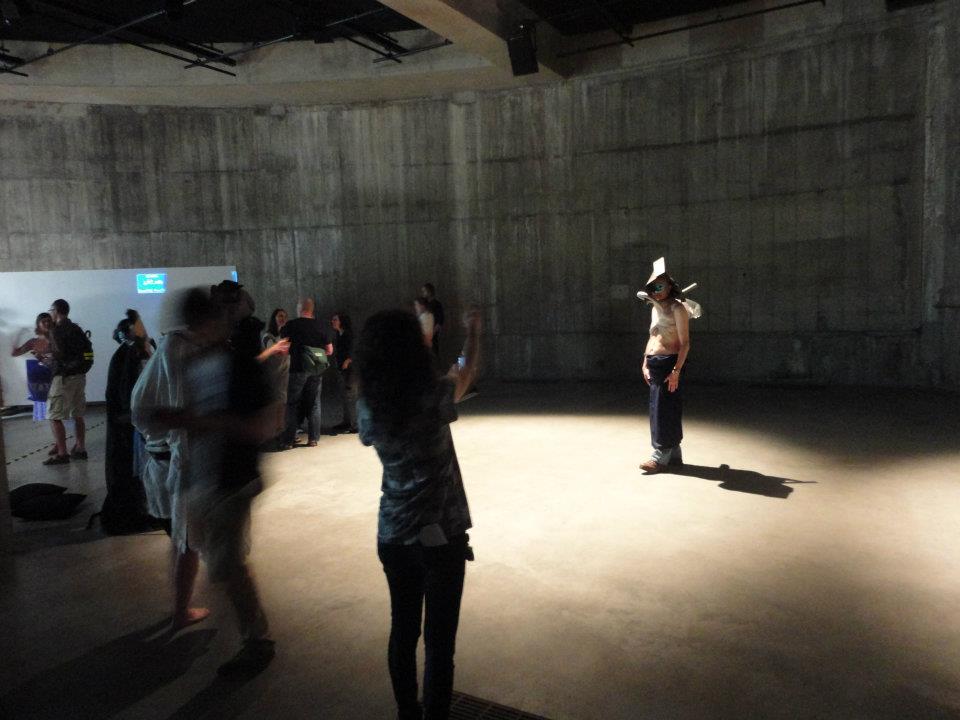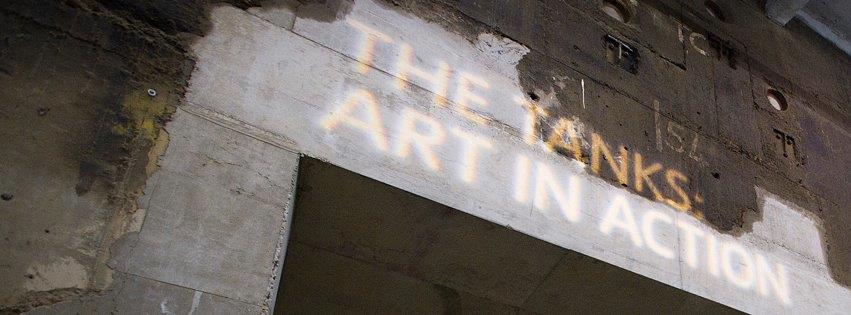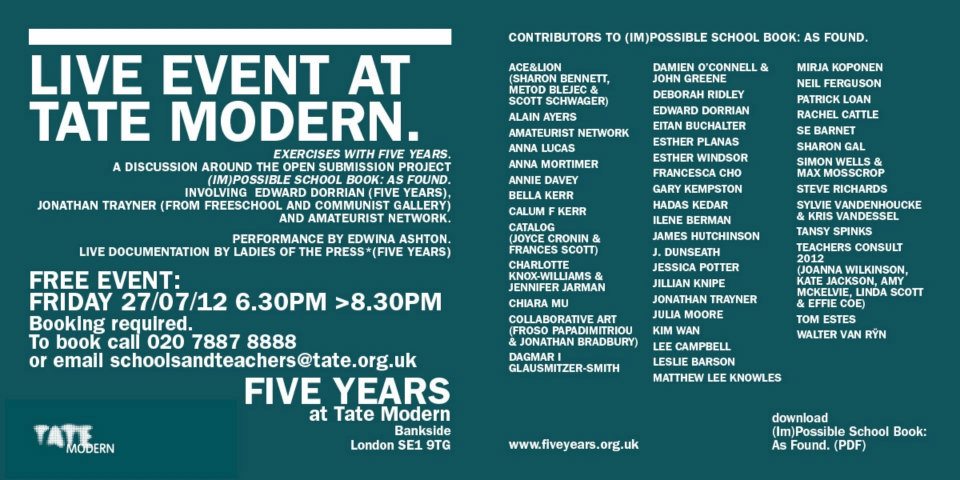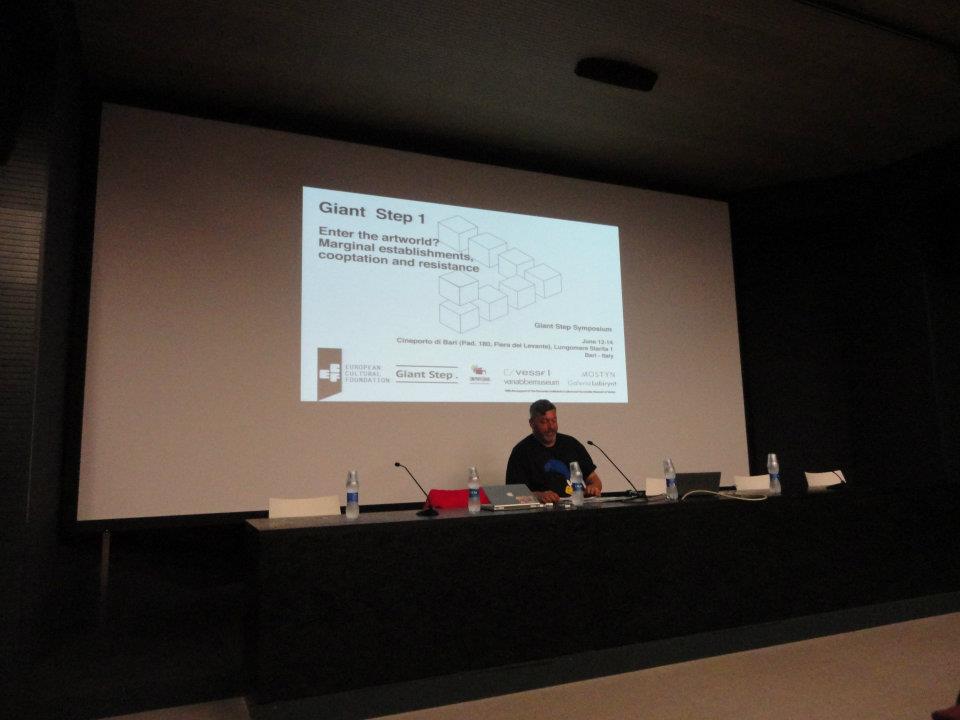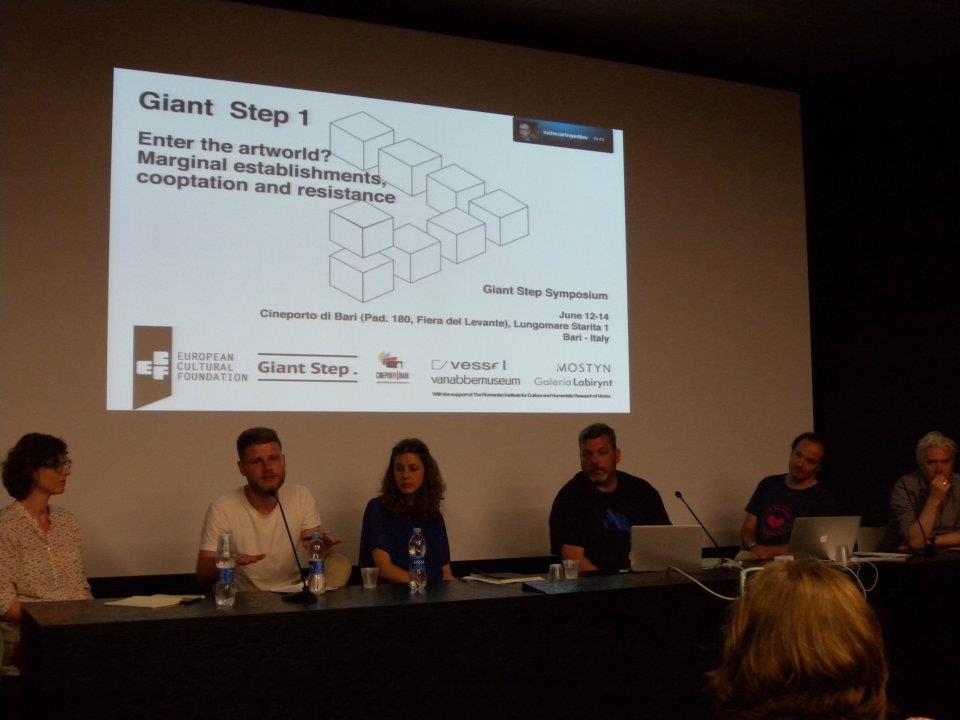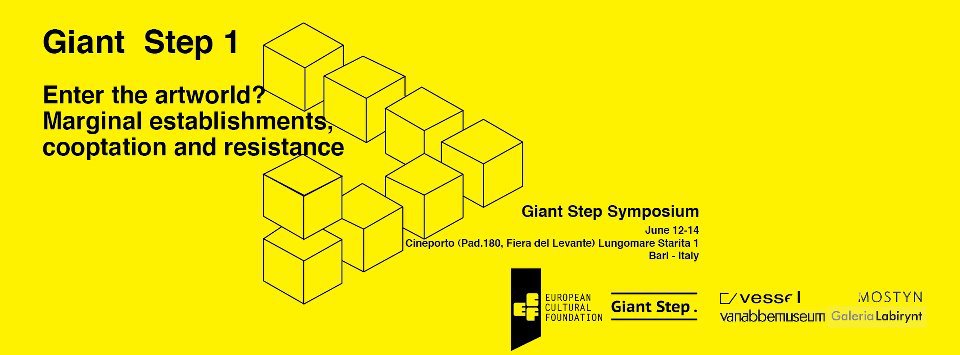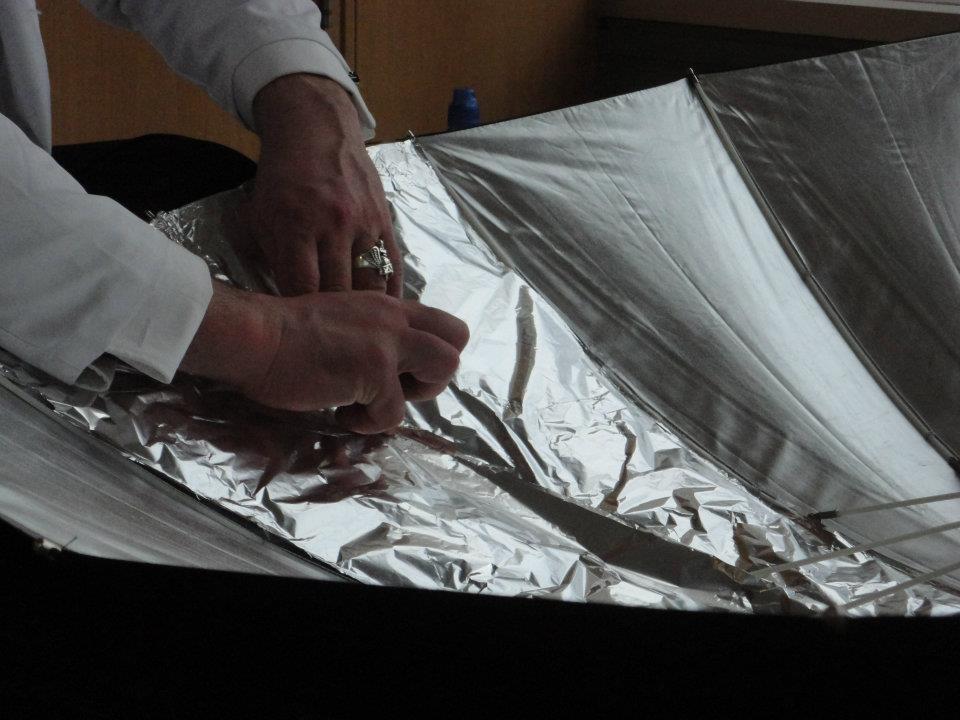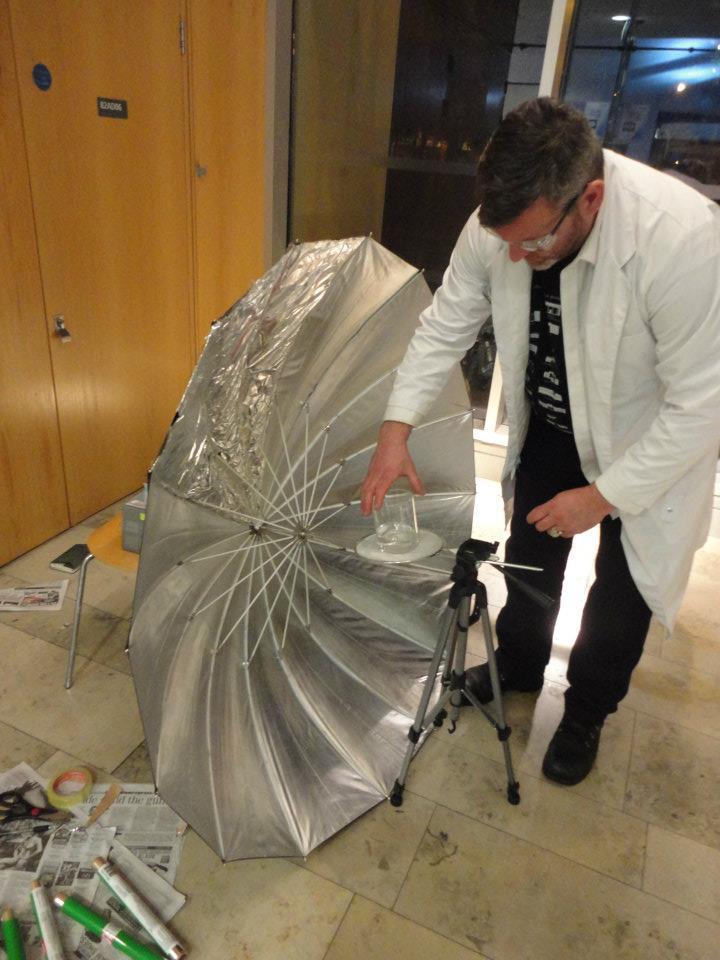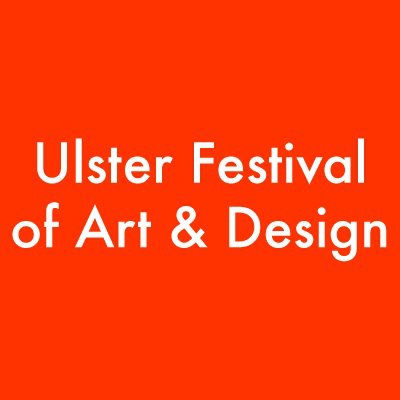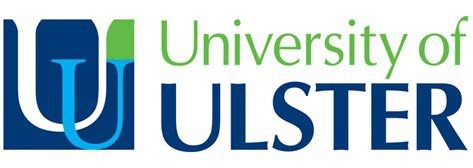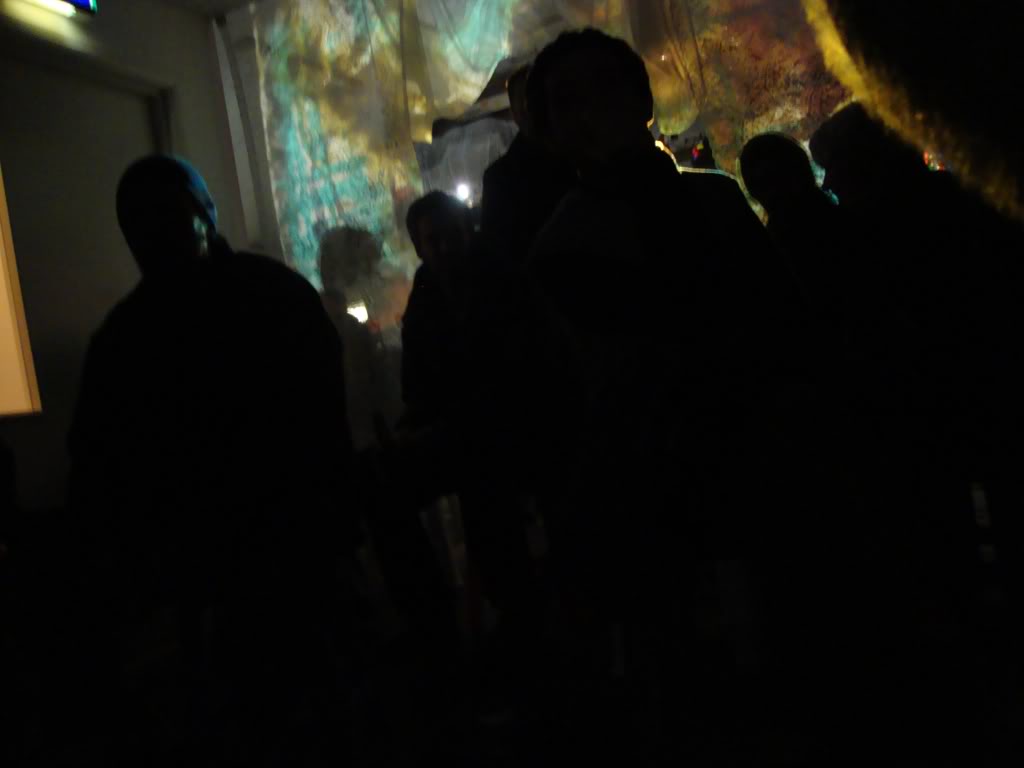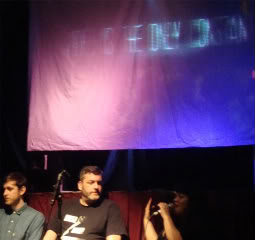Gallery Camp, New Gallery Walsall
March 3, 2014
Tom Estes led the group discussion "Supporting Art Outside The Mainstream" as part of Gallerycamp at The New Art
Gallery Walsall.
The New Art Gallery Walsall presents, collects and interprets historic, modern and
contemporary art in innovative and challenging ways. Their aim is to deliver a
programme that reflects the diversity of contemporary art and the
multi-cultural communities in which we live.
The changing
exhibition programme on Floors 3 and 4 focuses on the contemporary visual arts.
Presenting both solo and group shows and through artists' projects, they aim to support and develop the work of living artists and to build and develop
audiences for the visual arts.
The
Garman Ryan exhibition programme explores
the many themes of the collection and presents mainly historic temporary
exhibitions, it also showcases contemporary works from the collection making
interesting connections between old and new art.
It has never been more important for galleries to make the most of digital and new tech as tools for communication, creative exploration, (audience) engagement, curation etc.
It was an unconference so we followed the principles of Open Space events – people can wander in and out of sessions, tweet, blog and take photos all day.

Tom Estes with his work 'Back To The Future' at New Gallery Walsall
http://
Posted by Tom Estes.





